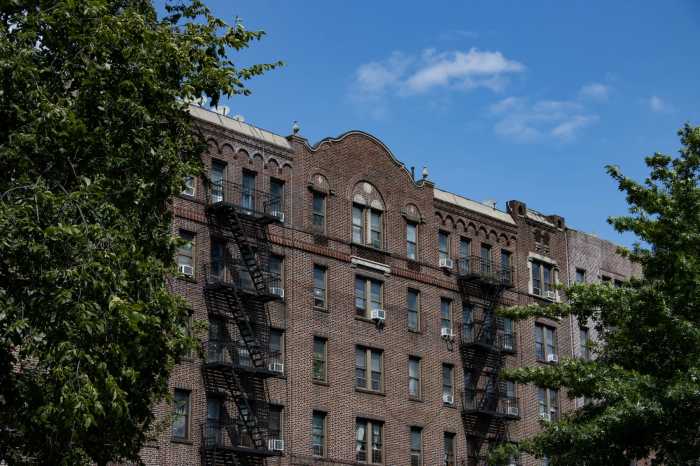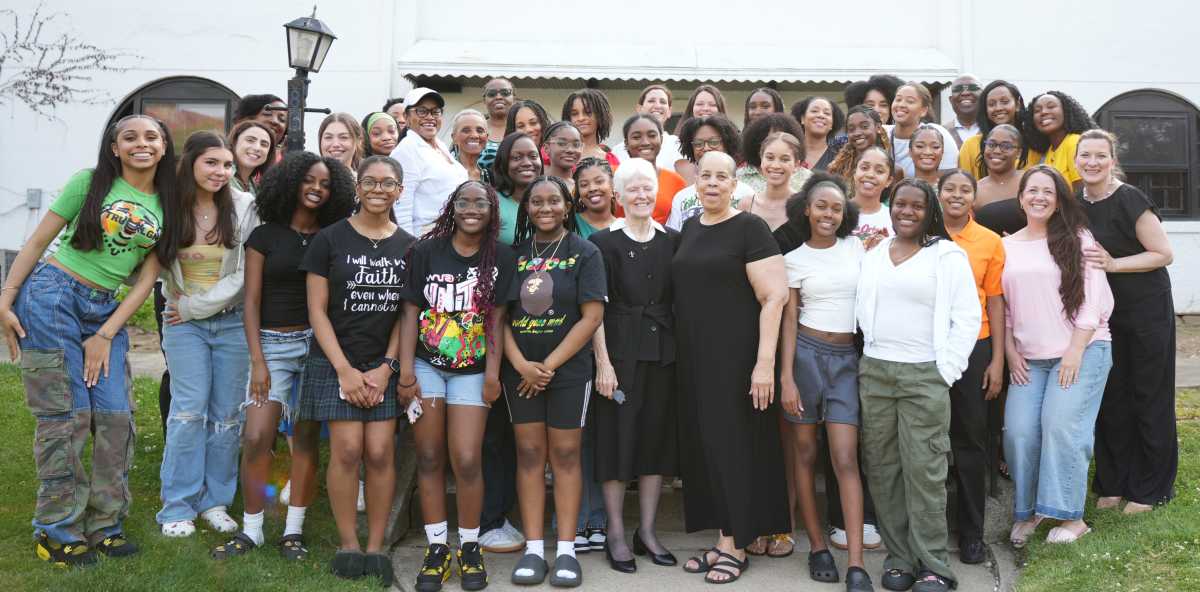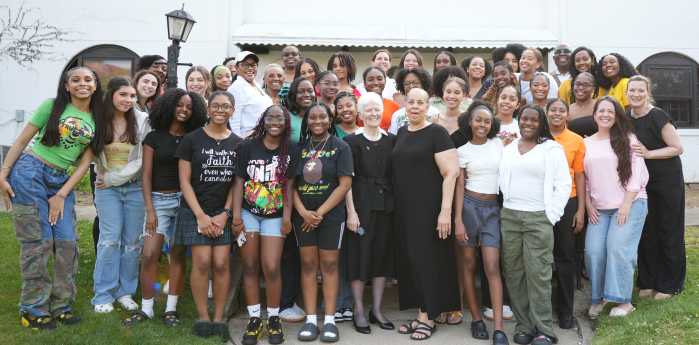Opponents of Bruce Ratner’s Atlantic Yards mega-development suffered a serious setback last Friday when a Manhattan Supreme Court judge dismissed a suit challenging the validity of the project’s environmental review.
Judge Joan Madden’s 72-page ruling fully rejected the opponents’ contention that state agencies failed to take the required “hard look” at the project’s vast environmental impact, did not fully consider alternative sites or developers, and wrongly condemned several non-blighted blocks around the project site so that they could be turned over to Ratner.
The lawsuit also questioned how Atlantic Yards could be considered a “civic project” when its main element is a publicly financed, yet privately operated, sports arena.
Madden called such arguments “without merit” and “not persuasive” frequently throughout her ruling, citing prior precedents that suggest that New York State environmental law “leaves an agency with ‘considerable latitude in evaluating environmental effects and not choosing among alternatives,’ [and that] the court is not permitted to second-guess the agency or substitute its judgment for that of the agency.”
Madden’s restraint was hailed by supporters of the $4-billion arena, commercial and residential mega-project that comprises 16 towers between the low-rise neighborhoods of Prospect Heights and Fort Greene.
“We are very pleased with Justice Madden’s decision and look forward to construction of the arena, housing and other facets of this important, transformative development project,” the Empire State Development Corporation said in a statement.
The project’s biggest cheerleader, Borough President Markowitz, went further.
“Score a big victory for Brooklyn’s future,” he said, also in a statement. “This latest court decision … reaffirms the public benefits of the Atlantic Yards project — thousands of units of affordable housing, thousands of union jobs, and our much-anticipated return to sports’ major leagues.
“Let’s get the shovels on the ground!” he urged.
That call cannot be answered until a remaining Atlantic Yards suit — an appeal of a case that questioned the legality of the state’s use of eminent domain — is resolved. A decision by a three-judge federal appeals panel, which heard the case in October, is expected shortly.
In the meantime, the plaintiffs — a coalition that includes Develop Don’t Destroy Brooklyn, the Sierra Club, several block associations, the New York Public Interest Research Group and the Zen Environmental Studies Institute — vowed this week to appeal Madden’s decision.
“She is right that the court can’t substitute its judgment for that of the ESDC,” said Jeff Baker, the plaintiffs’ lawyer. “But that doesn’t mean the court has to ignore the record or holes in the agency’s rationale.”
It’s unclear what will happen at the Appellate Division. Madden’s decision strongly asserted that the courts don’t have a role to play in questioning the quality of the state’s land-use decision-making.
When plaintiffs argued, for example, that the arena can’t be considered a “civic purpose” because it will mainly enrich the developer, Madden was unmoved, citing the very legislation that created agencies like the ESDC to improve civic life by “maximiz[ing] private participation.”
“The legislature expressly declared that ‘the policy of the state is … to promote sound growth and development of our municipalities through … encouragement of participation by private enterprise,’ ” Madden ruled.
In short, Madden suggested that the plaintiffs are merely naïve about the way projects get done thanks to New York’s pro-business legislature.
“It’s clear that the legislature intended to give ESDC wide discretion in undertaking projects involving the private sector,” she wrote.
But Baker said the very law Madden cited was never meant to cover sports arenas. “The law gives ESDC specific powers to undertake specific projects,” he said. “But there is nothing in the law that deals with stadiums. We pointed out that the legislature has given authority to build stadiums — but by passing a separate law.”
Madden also went back to state law to address one of the plaintiffs’ most-compelling arguments, namely that at least three blocks within the project site cannot be condemned because they are not blighted.
The majority of the Atlantic Yards site is within the state’s Atlantic Terminal Urban Renewal Area, which has been declared blighted 10 times, though three blocks within the project site were not previously declared blighted — but Madden said it didn’t matter because prior court rulings have interpreted “blight” liberally, not literally. Even preventing blight in an otherwise unblighted area can be considered “blight” under this definition, she said.
“Thus, once it is established that the surrounding area is blighted, unblighted parcels may be designated part of an overall plan to improve a blighted area,” she wrote.
In this area, Daniel Goldstein of Develop Don’t Destroy complained that Madden ignored evidence that would have cast doubt on the validity of ESDC’s contention that the area around the project site is blighted because it has higher crime than other areas.
“We showed that their statistics were wrong, yet she did not care,” Goldstein said. “She should have said, ‘They fudged the crime statistics, so I should probably look at everything in the environmental impact statement a little deeper.’ But she didn’t do that.”
























